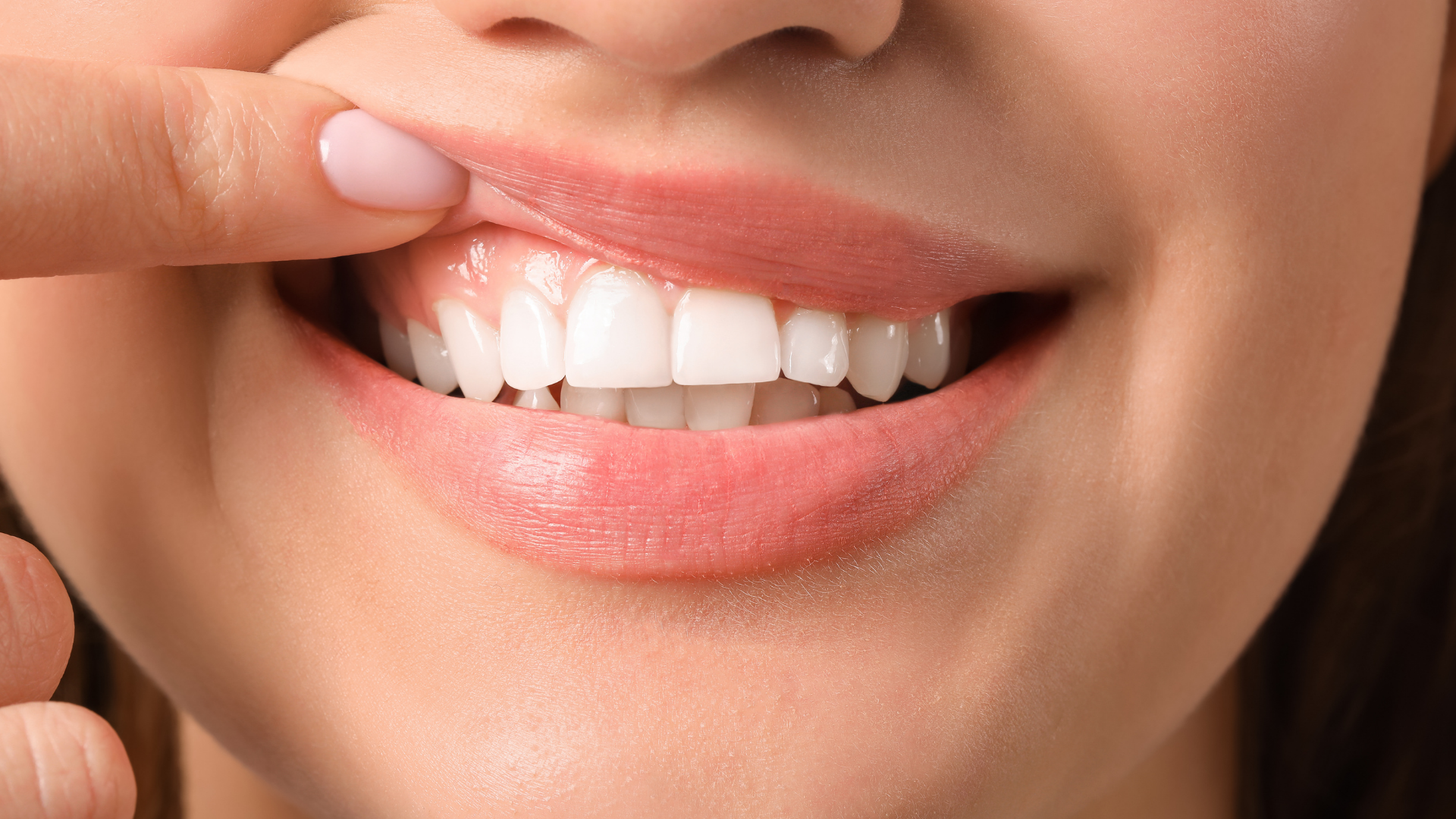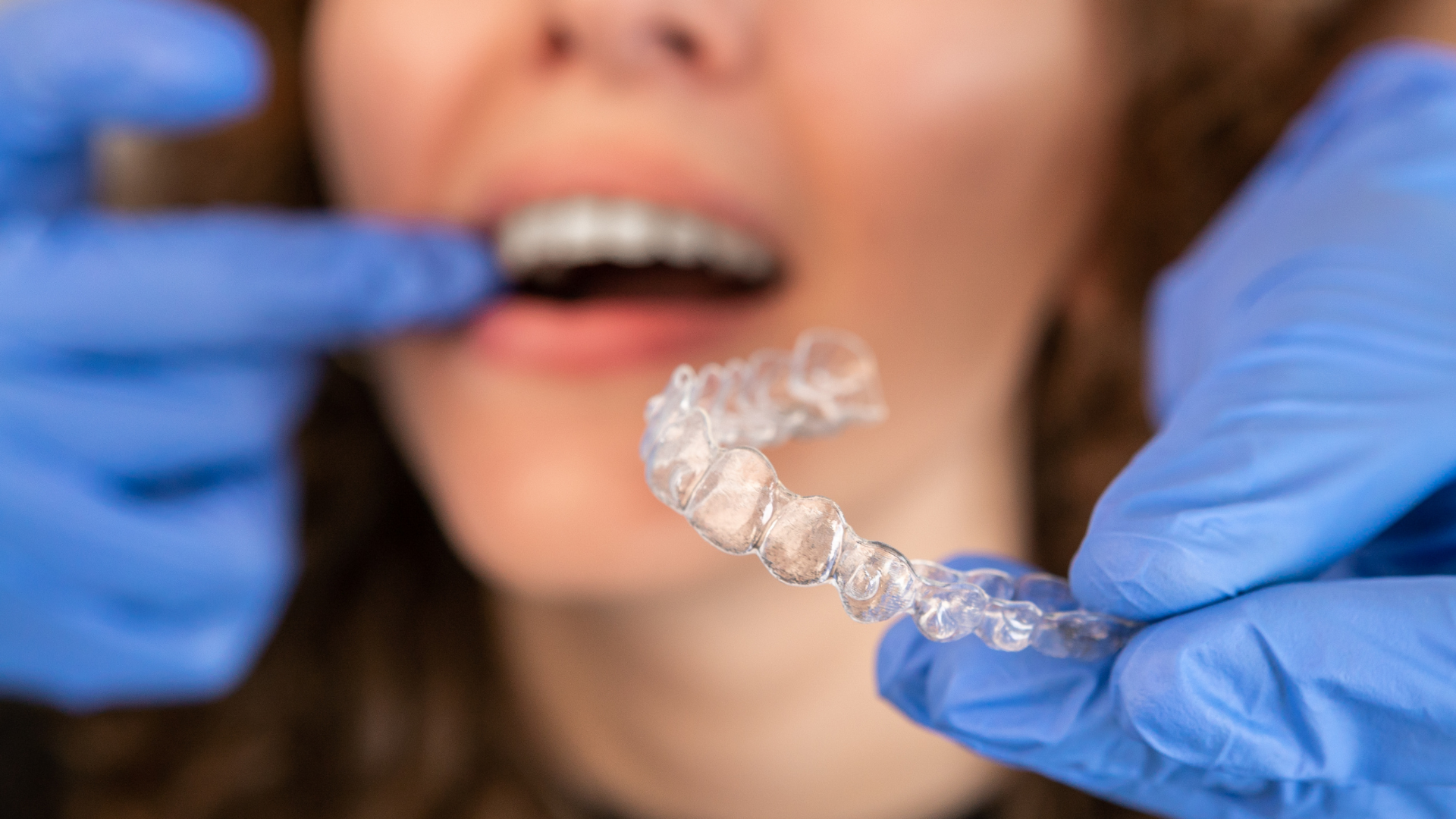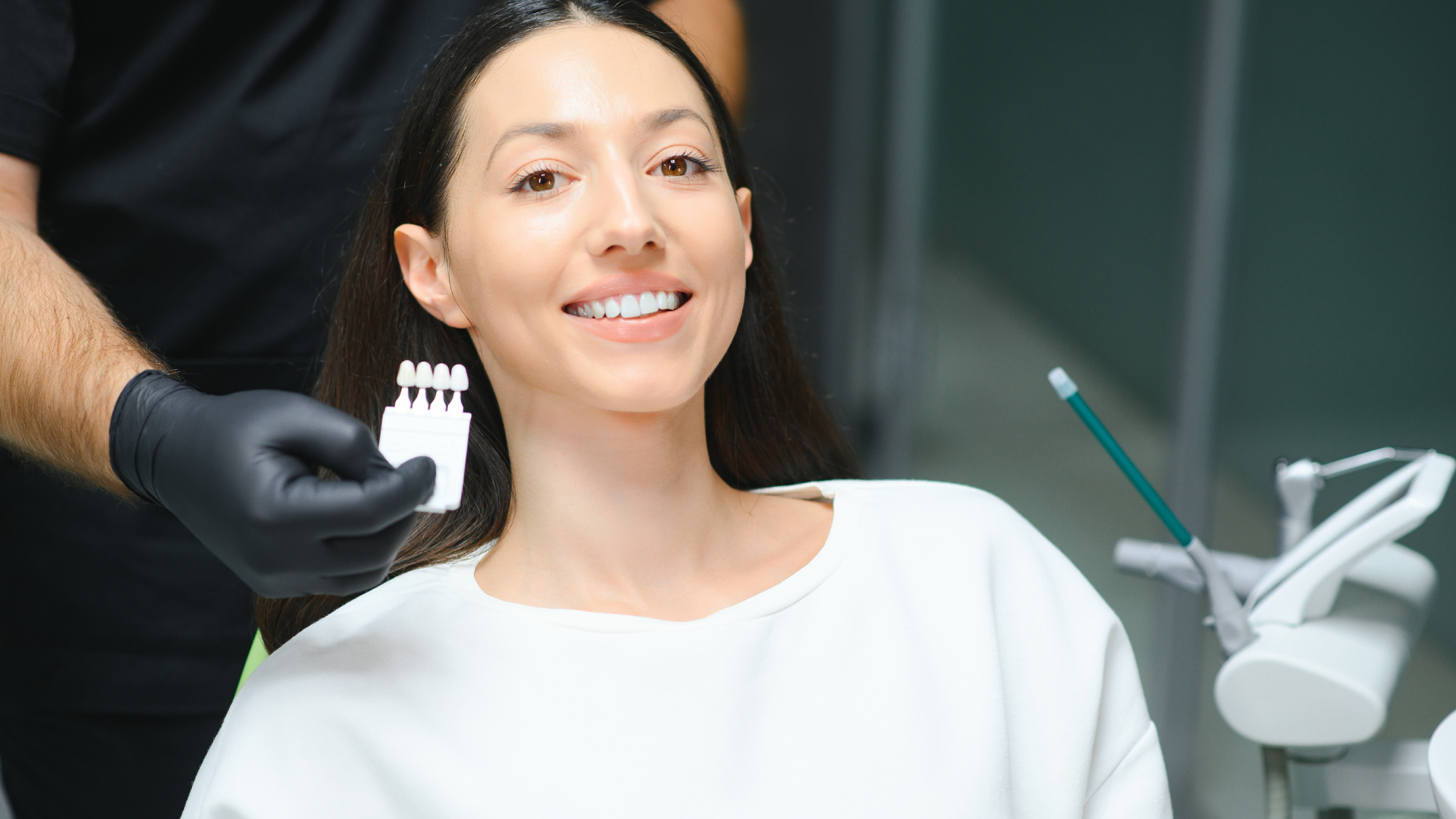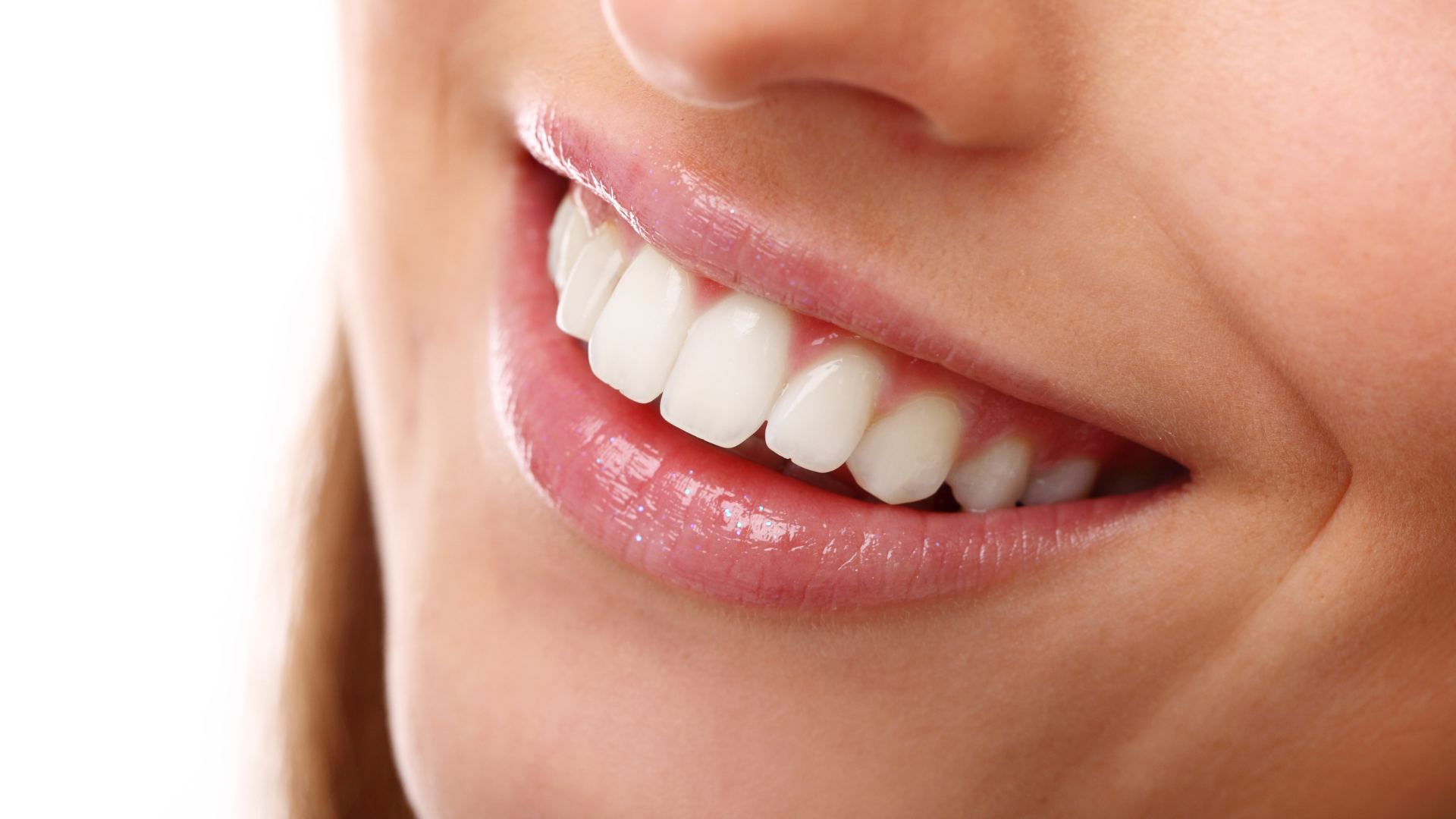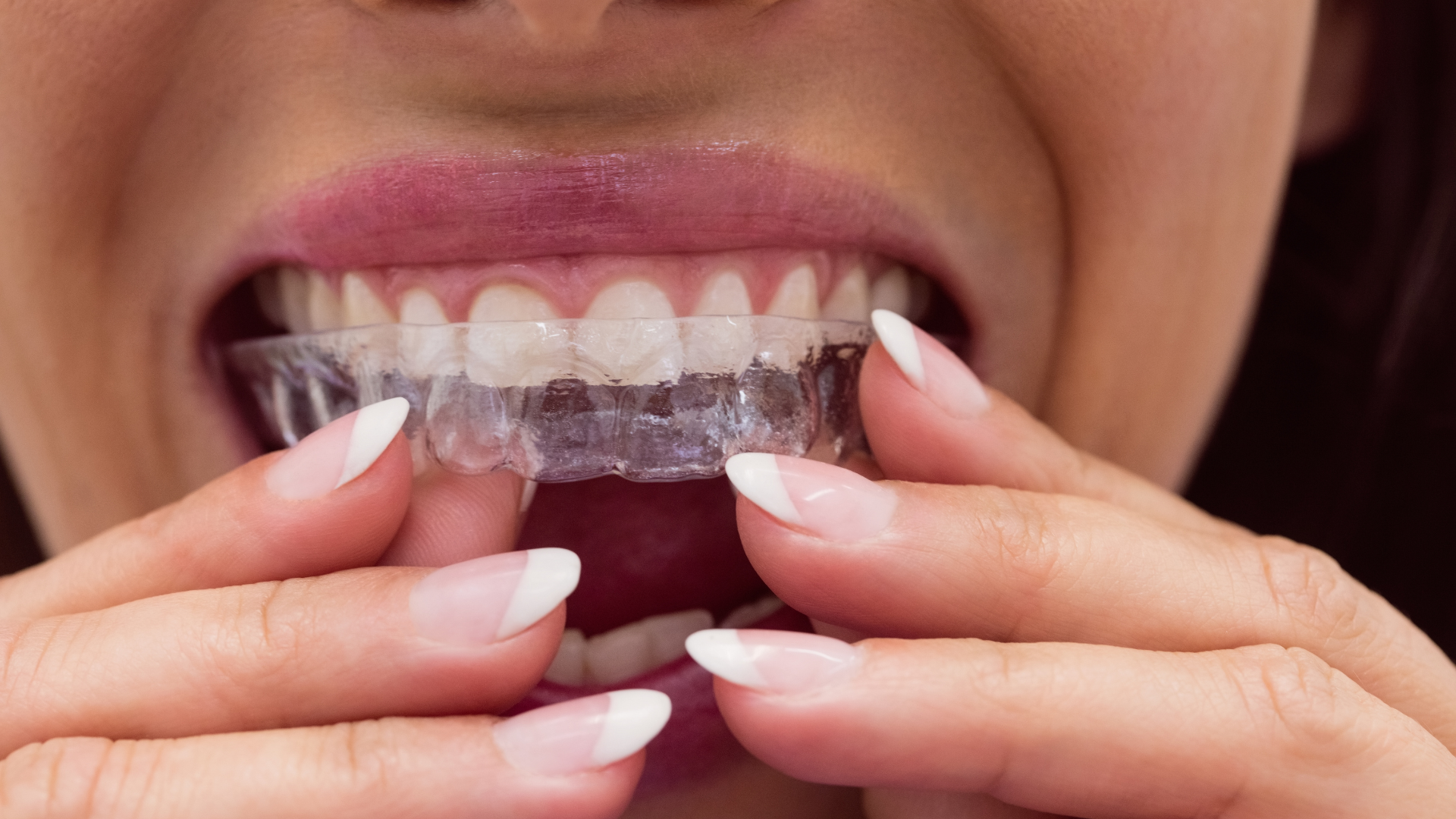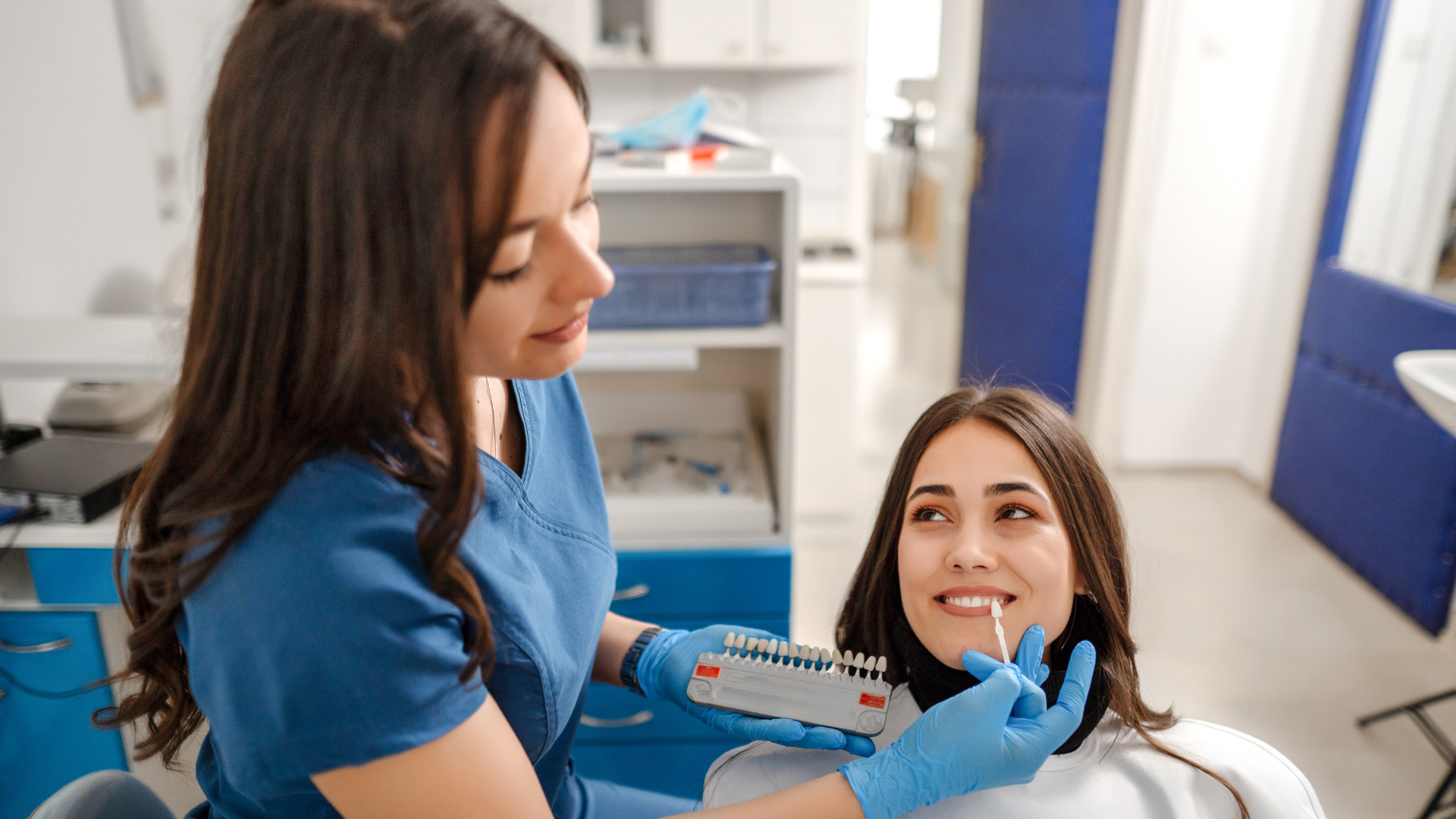Invisalign is an innovative orthodontic treatment option that has revolutionized the field of teeth straightening. Unlike traditional braces, which use metal brackets and wires, Invisalign utilizes a series of clear, custom-made aligners to gradually move teeth into their desired positions. These aligners are made from a smooth and virtually invisible plastic material, providing a discreet and comfortable treatment experience.
How Invisalign Utilizes Clear Aligners:
The treatment process begins with a thorough evaluation by a qualified Invisalign provider, such as a dentist or orthodontist. Through advanced digital technology, a customized treatment plan is created, mapping out the movement of teeth from their current positions to the desired final alignment. Based on this plan, a series of clear aligners are fabricated specifically for the patient.
Each set of aligners is worn for approximately one to two weeks before being replaced with the next set in the series. The aligners exert gentle, controlled forces on the teeth, gradually guiding them into their proper positions. Over time, the teeth align and straighten, resulting in a beautiful and harmonious smile.
History of the Invisalign Company:
Invisalign was introduced to the market in 1999 by Align Technology, a company dedicated to advancing orthodontic treatment options. Since its inception, Invisalign has gained widespread popularity and recognition for its effectiveness in teeth straightening. Align Technology has continuously invested in research and development to enhance the technology behind Invisalign, resulting in improvements in treatment outcomes and patient experience.
The success of Invisalign can be attributed to its ability to address various orthodontic concerns, including crowded teeth, spacing issues, overbites, underbites, and crossbites. Invisalign aligners have helped millions of people around the world achieve the smiles they've always dreamed of.
As the pioneer in clear aligner technology, Align Technology has continued to refine and innovate its products. With ongoing advancements in digital scanning, treatment planning, and material technology, Invisalign remains at the forefront of orthodontic treatment options, offering patients a valid and effective alternative to traditional braces.
The proven success of Invisalign and its continuous evolution have established it as a trusted and reputable option for individuals seeking to straighten their teeth. If you're considering orthodontic treatment, Invisalign offers a reliable and innovative solution backed by years of experience and a commitment to improving smiles worldwide.
Validating Invisalign's Success
Invisalign has established itself as a successful and effective orthodontic treatment option, supported by statistical data from reputable sources and research studies. Let's delve into the evidence that showcases the success and long-lasting outcomes of Invisalign treatment.
Statistical Data:
The American Dental Association (ADA) and the Association of American Orthodontists (AAO) have provided valuable insights into the success of Invisalign treatment. According to the ADA, over 6 million people worldwide have been treated with Invisalign, highlighting its widespread acceptance and popularity. Additionally, the AAO reports that Invisalign is the most frequently requested clear aligner system among orthodontists.
Effectiveness in Correcting Misaligned Teeth:
Numerous research studies have been conducted to evaluate the effectiveness of Invisalign in correcting misaligned teeth. One study published in the American Journal of Orthodontics and Dentofacial Orthopedics examined the treatment outcomes of 50 patients treated with Invisalign. The study found that Invisalign was effective in achieving significant improvements in tooth alignment and occlusion.
Another study published in the Journal of Clinical Orthodontics compared the treatment outcomes of patients treated with Invisalign to those treated with traditional braces. The study revealed comparable results between the two groups, indicating that Invisalign can achieve similar levels of tooth alignment and bite correction as traditional braces.
Furthermore, a systematic review published in the Journal of Evidence-Based Dental Practice analyzed several studies on Invisalign treatment. The review concluded that Invisalign is an effective alternative to traditional braces for mild to moderate orthodontic cases, providing predictable and satisfactory outcomes.
These studies and research support the effectiveness of Invisalign in correcting misaligned teeth and achieving desired treatment outcomes. The
clear aligners are designed to apply controlled forces to gradually move teeth into proper alignment, resulting in improved aesthetics and functional occlusion.
The success of Invisalign can also be observed through numerous before-and-after cases shared by dental professionals and patients. These real-life examples demonstrate the transformative power of Invisalign in creating beautiful smiles and improving overall oral health.
With a solid foundation of statistical data and research supporting its effectiveness, Invisalign has become a reliable and proven option for individuals seeking to correct misaligned teeth. By consulting with a qualified Invisalign provider, you can explore how this innovative treatment can help you achieve a straighter smile with long-lasting results.
Advantages of Invisalign
Invisalign offers several unique advantages compared to traditional braces, making it a popular choice for individuals seeking
orthodontic treatment. Let's explore the benefits of Invisalign and why it may be the right option for you.
- Improved Aesthetics: One of the standout advantages of Invisalign is its aesthetic appeal. The clear aligners are virtually invisible when worn, allowing you to undergo orthodontic treatment without drawing attention to your teeth. This discreteness is particularly appealing for adults and teenagers who may feel self-conscious about wearing traditional braces.
- Greater Comfort: Invisalign aligners are made from smooth plastic material, offering a more comfortable treatment experience compared to the metal brackets and wires of traditional braces. The absence of sharp edges or protruding components reduces the likelihood of irritation or discomfort in the mouth. With Invisalign, you can undergo orthodontic treatment without the potential discomfort associated with traditional braces.
- Easier Maintenance: Maintaining good oral hygiene is essential during orthodontic treatment. With traditional braces, cleaning around the brackets and wires can be challenging, often requiring special techniques and tools. In contrast, Invisalign aligners are removable, allowing for easy maintenance of oral hygiene. You can simply remove the aligners when brushing and flossing, ensuring thorough cleaning of your teeth and gums. This promotes better oral health and reduces the risk of issues such as tooth decay and gum disease.
- Removability for Flexibility: Invisalign aligners can be easily removed, providing greater flexibility in your daily activities. Unlike traditional braces that are fixed in place, Invisalign allows you to enjoy your favorite foods without restrictions. You can remove the aligners during meals, minimizing the chances of food getting stuck or damaging the aligners. This freedom extends to oral hygiene practices as well, allowing you to brush and floss more effectively.
Additionally, the removability of Invisalign aligners offers convenience during special occasions or events. If you have a significant social or professional event, you can remove the aligners temporarily, ensuring a comfortable and confident experience.
Invisalign aligners offer a range of advantages that contribute to a positive orthodontic treatment journey. The improved aesthetics, greater comfort, easier maintenance, and flexibility provided by Invisalign make it an attractive choice for individuals seeking to achieve a straighter smile. Consult with an experienced Invisalign provider to determine if this innovative treatment option is suitable for your orthodontic needs.
The Treatment Process
The journey of Invisalign treatment involves several key steps, starting from the initial consultation to wearing and changing aligners, ultimately leading to a straighter and more confident smile.
- Initial Consultation: During your first visit, you will meet with a qualified Invisalign provider, typically a dentist or orthodontist. They will evaluate your oral health, discuss your treatment goals, and determine if Invisalign is the right option for you. Digital scans or physical impressions of your teeth will be taken to create a customized treatment plan.
- Treatment Planning: Using advanced computer software, your provider will develop a precise treatment plan. This plan outlines the gradual movement of your teeth throughout the treatment process, allowing you to visualize the expected results.
- Custom Aligner Fabrication: Based on your treatment plan, a series of custom-made aligners will be created specifically for your teeth. Each aligner is designed to fit snugly and apply gentle pressure to move your teeth gradually
- Wearing and Changing Aligners: Once you receive your aligners, you will be instructed on how to wear and care for them. You will wear each set of aligners for about one to two weeks, depending on your treatment plan. As you progress through the series, your teeth will gradually shift, aligning closer to their desired positions.
- Regular Check-ups: Throughout your Invisalign treatment, regular check-ups with your dentist or orthodontist are essential. These appointments allow them to monitor your progress, ensure the aligners are fitting correctly, and make any necessary adjustments to your treatment plan. The frequency of these visits may vary but typically occurs every six to eight weeks.
Regular check-ups are vital to ensure the effectiveness of your treatment. Your provider will track your progress, assess any challenges, and provide guidance to ensure optimal results. It is essential to follow their instructions and attend these appointments to stay on track with your treatment plan.
By diligently wearing your aligners and attending regular check-ups, you will achieve the desired outcomes of your Invisalign treatment. The process is designed to be gradual and comfortable, allowing you to gradually align your teeth without the discomfort and inconvenience associated with traditional braces. Your provider will guide you through each step, ensuring a smooth and successful journey towards a straighter smile.
FAQs:
1. How long does Invisalign treatment typically take?
The duration of Invisalign treatment varies depending on the complexity of your case. On average, treatment can last between 6 months to 1 year. However, some cases may require shorter or longer treatment periods. Your dentist or orthodontist will provide a more accurate estimate after evaluating your specific needs.
2. Can Invisalign fix severe misalignments?
Invisalign can effectively treat a wide range of orthodontic issues, including mild to moderate misalignments. However, severe cases may require alternative treatment options. Consult with your dentist or orthodontist to determine if Invisalign is suitable for your specific condition.
3. What happens if I lose or break an aligner?
If you lose or break an aligner, contact your dentist or orthodontist immediately. They will guide you on whether to move to the next aligner in the series or wear a previous aligner temporarily. It's crucial to follow their instructions to ensure the treatment progresses as planned.
5. Is Invisalign suitable for teenagers?
Yes, Invisalign offers a specific treatment option for teenagers called Invisalign Teen. These aligners come with compliance indicators to monitor wear time and accommodate the unique dental needs of teenagers, including erupting teeth and jaw growth.
6. Will Invisalign affect my speech?
Initially, you may experience slight changes in speech, such as a minor lisp, when wearing Invisalign aligners. However, most patients adapt quickly, and any speech changes typically resolve within a few days as your tongue adjusts to the aligners.
7. Can I eat or drink with my aligners on?
No, it is recommended to remove your aligners before eating or drinking anything other than water. Food particles and beverages, especially those with high sugar content, can get trapped between the aligners and your teeth, increasing the risk of tooth decay.
8. How often should I wear my aligners?
Aligners should be worn for 20 to 22 hours a day to achieve optimal results. You should only remove them for eating, drinking (except for water), brushing, and flossing.
9. How do I clean and maintain my Invisalign aligners?
Clean your aligners daily by gently brushing them with a soft toothbrush and mild antibacterial soap or using the Invisalign Cleaning System. Avoid using hot water, as it can warp the aligners. Additionally, maintain proper oral hygiene by brushing and flossing your teeth before reinserting the aligners.
10. Will I need to wear a retainer after Invisalign treatment?
Yes, after completing Invisalign treatment, wearing retainers is crucial to maintain the new alignment of your teeth. Your dentist or orthodontist will provide specific instructions on how frequently to wear retainers, typically transitioning from full-time wear to nighttime wear over time.
11. Does insurance cover Invisalign treatment?
Insurance coverage for Invisalign treatment varies depending on your insurance provider and policy. Contact your insurance company to understand the extent of coverage for orthodontic treatment, including Invisalign. Your dentist or orthodontist's office can also assist you in navigating insurance benefits and payment options.
Conclusion:
Invisalign has emerged as a valid and successful treatment option for individuals seeking to correct misaligned teeth. Throughout this blog post, we explored the innovative nature of Invisalign, its utilization of clear aligners, and its ability to provide long-lasting outcomes. Supported by statistical data and research, Invisalign has been shown to effectively address various orthodontic concerns.
To determine if Invisalign is suitable for your orthodontic needs, it is crucial to consult with a qualified dentist or orthodontist. They will assess your specific case, provide personalized guidance, and develop a customized treatment plan tailored to your goals.
With Invisalign, you can achieve a straighter smile discreetly, comfortably, and with greater flexibility in your daily activities. Don't hesitate to reach out to a dental professional to explore the potential of Invisalign as a viable option for transforming your smile.
June is Invisalign specials month at Bryant Street Dental. Take advantage of the savings and begin your journey toward a confident and aligned smile!


